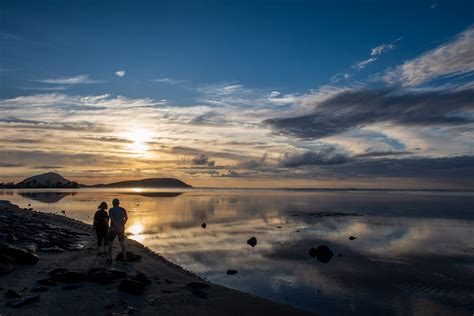Rediscovering the Magic: A Guide to Film Cameras

The Enduring Allure of Film Cameras
Shooting with a film camera is more than just taking pictures; it's an experience. It's a mindful process, a connection to a rich photographic history, and a pursuit of tangible results that digital just can't replicate. In a world dominated by instant gratification and digital perfection, film photography offers a refreshing counterpoint – a tangible connection to the art of image-making. This guide will delve into the captivating world of film cameras, exploring their diverse types, the unique characteristics of different film stocks, and why this classic medium continues to captivate photographers.
Types of Film Cameras: A Journey Through Photographic History
The world of film cameras is incredibly diverse, offering a range of options for every skill level and budget. From simple point-and-shoot models to complex, professional-grade SLRs, there's a film camera waiting to be discovered.
1. Point-and-Shoot Cameras: Simplicity and Convenience
These compact cameras are ideal for beginners or those who value ease of use. They typically offer automatic settings, making them perfect for capturing everyday moments without the complexities of manual controls. Many vintage point-and-shoots offer surprisingly high-quality images, and their compact size makes them perfect for travel.
2. Single-Lens Reflex (SLR) Cameras: Precision and Control
SLR film cameras offer greater control over exposure, focus, and aperture. This allows for more creative possibilities, making them a popular choice among serious photographers. The range of SLR cameras is vast, encompassing various formats and features, from 35mm to medium format. Learning to use an SLR film camera opens a world of possibilities for artistic expression.
3. Medium Format Cameras: Exceptional Image Quality
Medium format film cameras use larger film negatives than 35mm cameras, resulting in significantly higher image resolution and detail. This makes them ideal for landscape photography, portraiture, and other applications where image quality is paramount. While often more expensive and requiring more technical knowledge, the results are undeniably stunning.
The Art of Film: Choosing the Right Film Stock
The choice of film stock significantly impacts the final image. Different film stocks offer unique characteristics, influencing color saturation, contrast, grain, and overall mood. Experimentation is key to discovering your preferred film stock.
- ISO: This represents the film's sensitivity to light. Lower ISO films (e.g., ISO 100) are best for bright conditions, while higher ISO films (e.g., ISO 400) are suitable for low-light situations.
- Color vs. Black and White: Color film offers vibrant hues, while black and white film delivers timeless elegance and dramatic contrast.
- Film Type: Various film types exist, including negative film (easily processed and reproduced) and slide film (creates positive transparencies).
Why Choose Film in the Digital Age?
In a world of instant digital feedback, the deliberate pace and tangible results of film photography offer a unique appeal. The anticipation of developing your film, the surprise of seeing your images materialize, and the inherent imperfections of film all contribute to a richer, more rewarding experience. Film photography fosters creativity, encourages mindful shooting, and produces images with a distinct aesthetic that digital simply cannot replicate.
Frequently Asked Questions (FAQs)
Q: Is film photography expensive?
A: The initial investment in a film camera and film can be higher than shooting digitally. However, many affordable film cameras are available, and the cost per photo can be comparable or even lower than printing digital photos.
Q: How do I develop film?
A: You can develop your own film at home using a darkroom setup, or you can send your film to a professional lab for processing and printing. Many online resources offer guidance on both methods.
Q: Is film photography difficult to learn?
A: The learning curve can vary depending on the type of film camera you choose. Point-and-shoot cameras are simple to use, while SLRs require more technical understanding. Many online tutorials and resources are available to help you learn.
This article offers a starting point for exploring the wonderful world of film cameras. Embrace the process, experiment with different techniques, and rediscover the magic of capturing moments on film.





